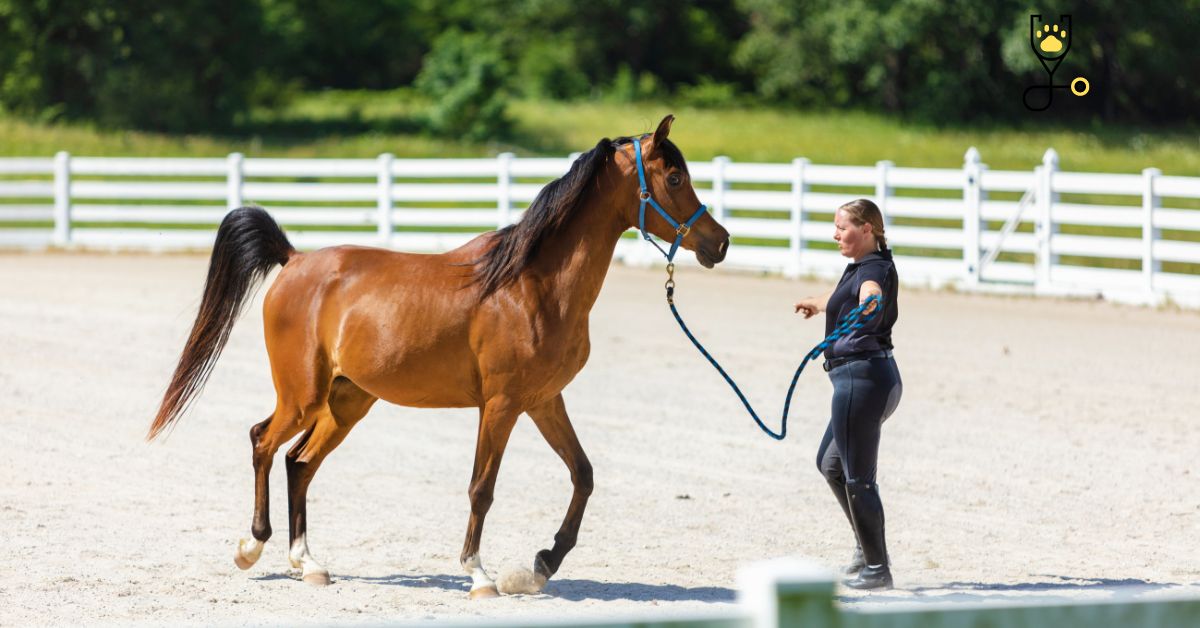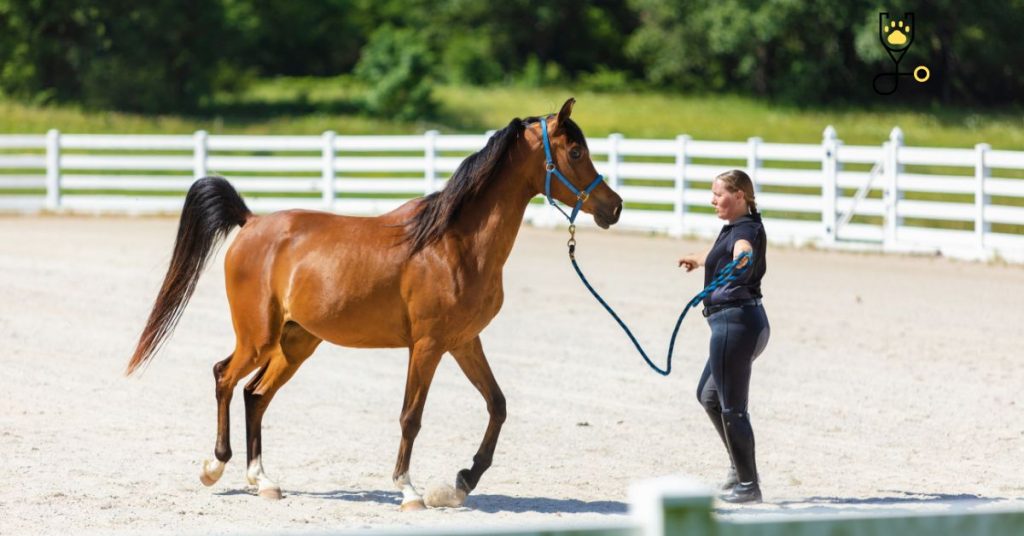It can be a challenge to train and handle a weanling, but with patience and diligence, you can create a well-mannered horse. In this article, we will discuss the basics of training and handling a weanling, as well as provide some tips for success. Keep in mind that every horse is unique, so what works for one may not work for another. Be patient and observant, and use positive reinforcement whenever possible to help your young horse learn the behaviors you desire. With time and effort, you will have a polite young horse that you can be proud of!
What Is Weanling?
A weanling is a young horse that has been weaned from its mother and is typically between the ages of three and six months. Weanlings are still babies and require care, training, and handling to ensure they grow up to be healthy, well-mannered horses.
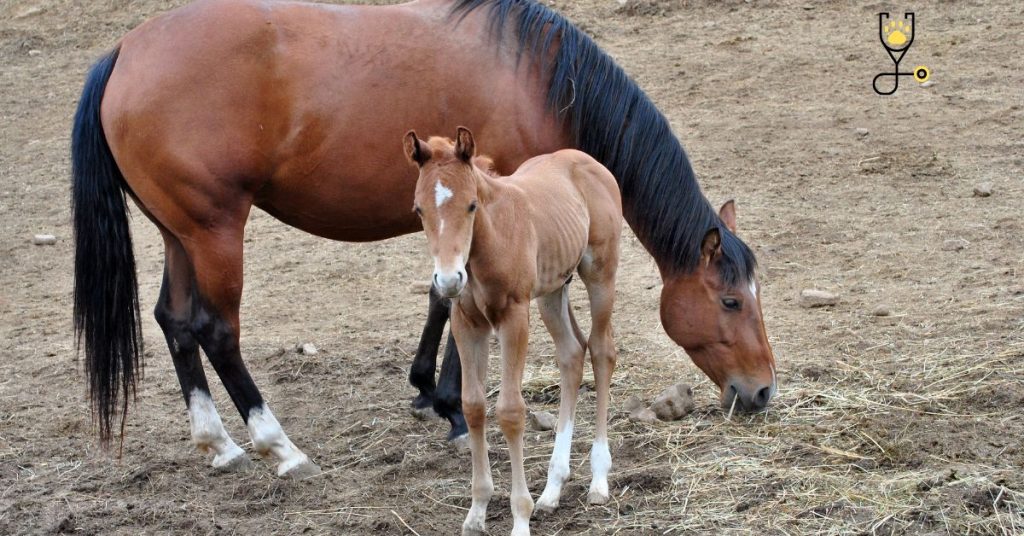
Tips for Training and Handling a Weanling
1. Start with halter training: Halter training is essential for any horse, but especially important when dealing with a weanling. This teaches your horse how to lead properly, stand still while being groomed or examined, and become accustomed to wearing tack. Make sure you use positive reinforcement such as treats or verbal praise whenever your horse follows instructions correctly.
2. Teach basic ground manners: It’s important for your horse to learn how to stop and stand still when asked, turn in either direction, back up, move away from pressure, and yield to the hips or shoulders. Don’t expect too much too soon; start with small increments of time and gradually increase as your horse learns.
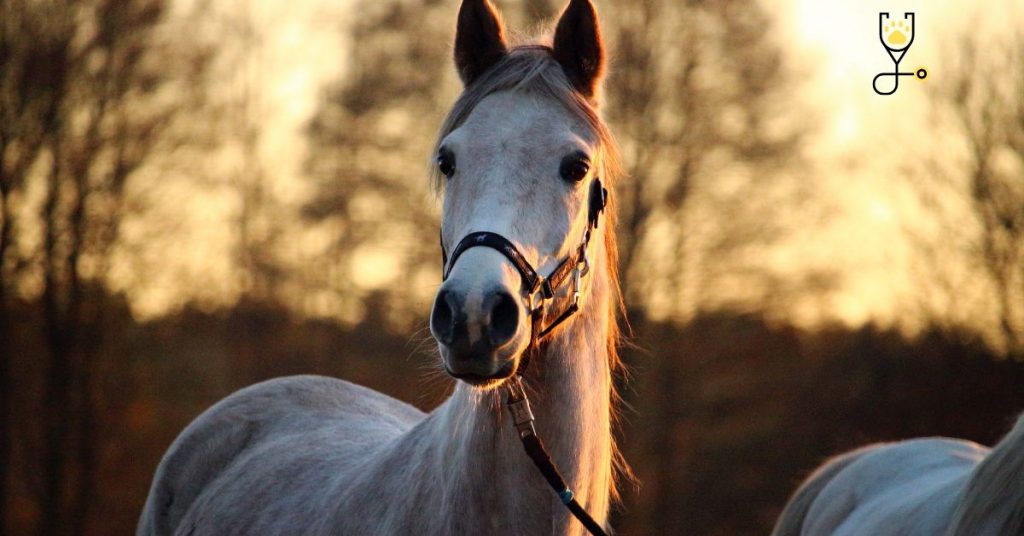
3. Use positive reinforcement: Whenever your weanling is learning a new behavior or command, make sure to use positive reinforcement such as verbal praise or treats. This will help your horse associate good behavior with rewards and make them more likely to listen in the future.
4. Be patient: The key to training any horse is patience! Weanlings are still babies and need the time and guidance it takes to learn new behaviors. Be flexible and willing to change your approach if something isn’t working, and remember that it will take time for them to learn everything you want them to know.
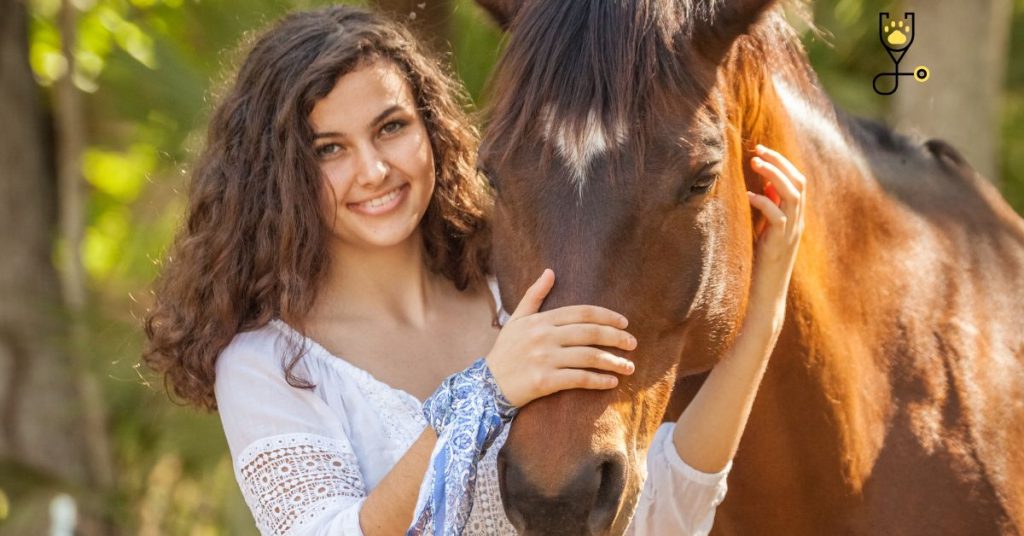
5. Have realistic expectations: Every horse is different, so don’t expect your weanling to be perfect overnight. Keep in mind that they are still learning and growing, so patience is essential when training and handling a young horse.
6. Get help from an experienced trainer: If you need help or advice with training or handling your weanling, consider getting assistance from an experienced trainer who can guide you through the process and provide helpful tips and tricks.
What’s Next?
Once your weanling has mastered the basics of ground manners and halter training, you can start to introduce the more advanced skills such as saddling, mounting, and eventually riding. With hard work and patience, you should be able to train your weanling into a polite young horse that is well-mannered and enjoyable to be around!
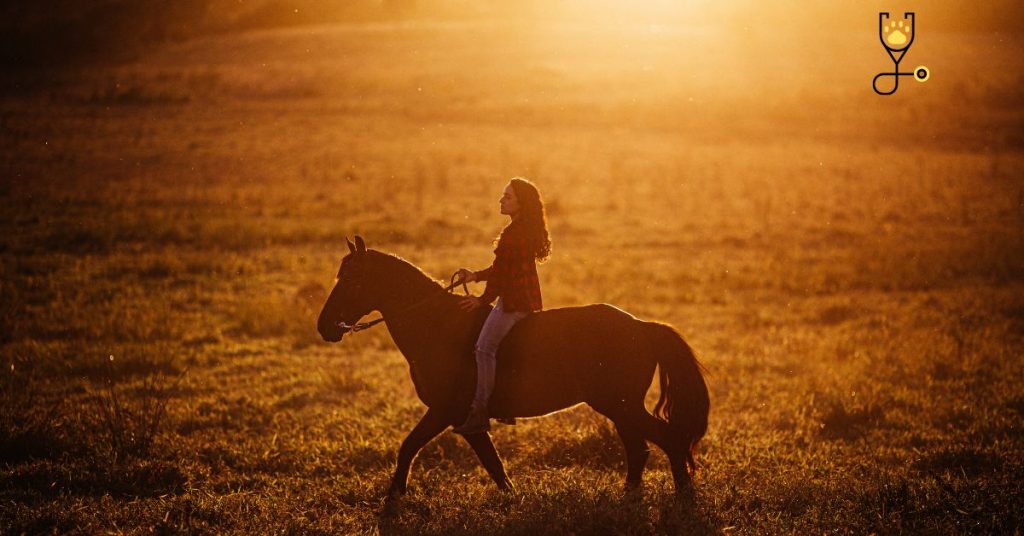
Why Training and Handling a Weanling is Important?
When it comes to the training and handling of a young horse, there are countless benefits that can be experienced. From safety to mental and physical development, understanding how to properly manage a weanling is paramount in dictating its future as an adult horse.
Why Should Weanlings Be Handled?
From the moment they are born until they reach adulthood, horses must be handled and trained in order for them to develop into well-rounded adults. Weanlings need this special attention in order to not only grow physically but mentally too. Handling includes grooming, leading, picking up feet, and performing other basic tasks such as standing still while being saddled – all experiences that help build trust between the handler and the animal and work to improve the comfort and safety of both parties.
How Can Training A Weanling Help Them Develop?
Training a young horse helps them build confidence in their own abilities, as well as develop essential skills that will help them become successful later in life. Teaching basic commands such as stop, go, and turn left/right improves their agility and coordination, while regular grooming ensures they are comfortable with being handled. Additionally, providing positive reinforcement when tasks are done correctly encourages good behavior which is important for any horse moving forward into adulthood.
The Importance of Safety For Weanlings
-Safety is of the utmost importance when handling and training a weanling. Ensure they are comfortable in their environment and familiar with the handlers before attempting any exercises.
-Start small – don’t expect too much too soon. Introduce them to new settings or activities gradually, allowing time for them to adjust and become comfortable in each situation.
-Be aware of your own body language – keep movements slow and steady, speak softly, and use motions such as hand signals that the horse will recognize more easily than verbal commands.
Conclusion
Training and handling a weanling is essential for its development into an adult horse. Through positive reinforcement techniques, building trust, teaching basic ground manners and commands, and following safety protocols, you can help ensure your horse grows into a safe, confident, and well-mannered adult. With patience and dedication, you will have a wonderful companion that is enjoyable to work with. Good luck!
Frequently Aksed Questions
Q: What is the best way to introduce a weanling to new tasks?
A: The key is to go slow and start small. Introduce them to one task at a time, allowing plenty of time for them to become comfortable with it before adding on something new. Additionally, provide positive reinforcement when they perform correctly and keep an eye out for signs of stress or fatigue in order to adjust training sessions as needed.
Q: How do I know when my weanling has mastered certain skills?
A: A good indication that your horse has mastered a skill is if it can perform it consistently without hesitation or confusion. With patience and dedication, you should be able to recognize when your horse has acquired the skills necessary to move forward in its training.
Q: Are there any safety precautions I should take when handling a weanling?
A: Yes, absolutely! Safety is of utmost importance when handling and training a young horse. Ensure they are comfortable with you and the environment before attempting any exercises. Additionally, be aware of your own body language – keep movements slow and steady, speak softly, and use motions such as hand signals that the horse will recognize more easily than verbal commands.
Q: What is the best way to build trust between myself and my weanling?
A: Trust is built through consistency, patience, and positive reinforcement. Spend time with them each day, whether it’s grooming, leading, or just hanging out in their paddock – this will help your horse become familiar with you and feel more comfortable around you. Additionally, reward them for correct behavior to reinforce what they are doing correctly and encourage good habits. With a little bit of effort, you can develop an incredible bond with your weanling.
Q: How do I know when it’s time to move on to more challenging tasks?
A: Once your horse has mastered the basics such as standing still while being groomed, leading calmly, and understanding basic commands, it’s time to begin transitioning into more intermediate tasks. Introduce one challenge at a time and give plenty of praise when they complete each new task correctly. With patience, you should be able to progress quickly without overwhelming your horse.
Q: What is the best way to ensure my weanling grows into a safe, confident and well-mannered adult?
A: Consistency is key! Spend time with them each day, building trust and teaching the basics while providing positive reinforcement when they perform correctly. Additionally, start small with any new exercises or activities so as not to overwhelm them, and always have safety protocols in place before attempting anything out of their comfort zone.
